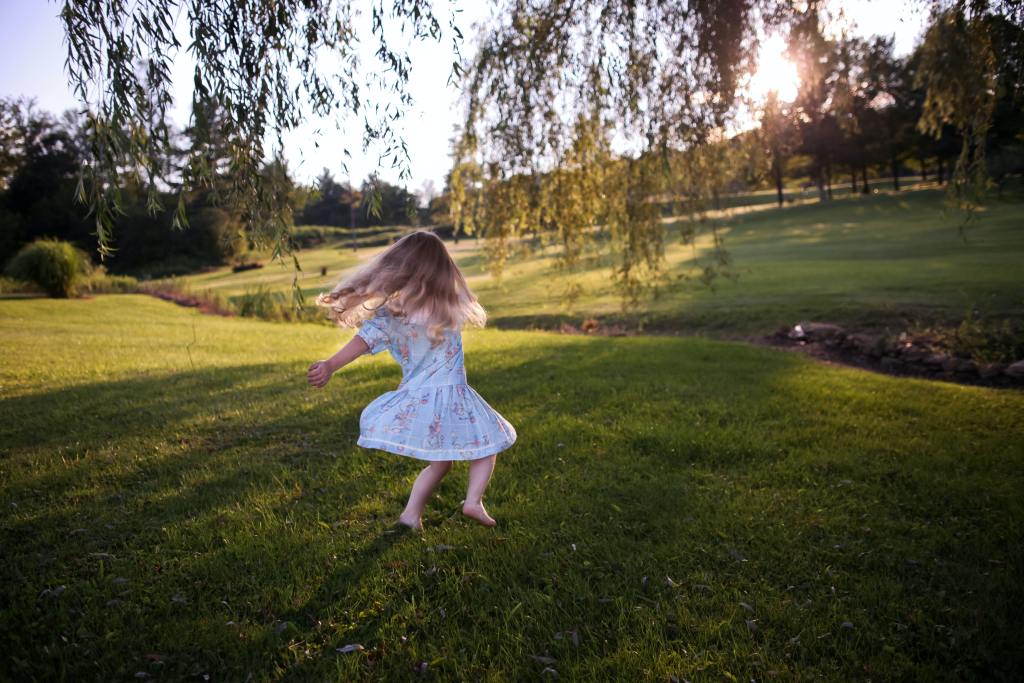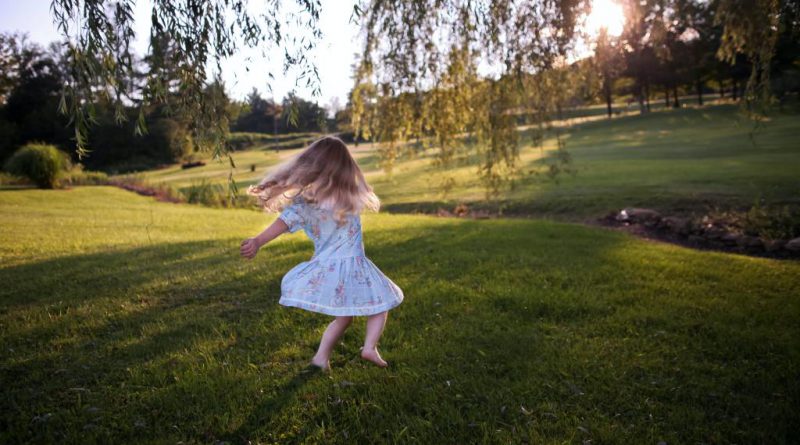Keep Kids Focused with the BrainDance

During these times of COVID-19, everyone has be a bit restless. It is tempting to reach for the phones or another distraction when trying to complete our summer classes. Online meetings are less engaging, and it is simple to zone out and allow your mind wander to what you will eat for dinner. Just from my own experience and talking with others, it appears as though everyone’s attention span reaches an all-time low, specifically for kids.
I think it is fair to say those most influenced by lowered attention spans will work parents with children. Children are naturally restless and distracted. Being unable to send children to daycare, school, or summer camp has proven to be really stressful for moms and dads attempting to work at home.
These stresses can affect every person in the house, making everyone tense and irritable with headaches and poor sleep.
I want to suggest both you and your kids keep a clear head on the BrainDance.
What is the BrainDance?
The BrainDance is a simple exercise routine produced by Anne Green Gilbert in line with the developmental movements of infants. Gilbert’s theory is the fact that by daily or weekly cycling through your earliest physical experiences, which you built all of your later experiences upon, you'll strengthen weak or weakening areas inside your brain. Based on The Creative Dance Center, this strengthening can slow dementia, decrease depression with the release of serotonin and dopamine, aid in motor skills, and improve memory and focus.
For this discussion specifically, there is an empirical study done that found that inside a classroom of forty students the BrainDance significantly improved focus, use of senses, multiple senses, and restlessness (Chiang & Griego, 2023). The BrainDance exercise improves focus and restless kids. Hopefully, the BrainDance can help the working parent have fewer interruptions by helping their kids focus on playing with toys for just a couple of minutes longer.
How Is the next step the BrainDance?
The BrainDance can be done sitting, standing, or lying down, and it can travel, remain stationary, use props or music. The dance is fully customizable for your physical abilities, interests, and space. The Creative Dance Center website has resources on different adaptations you can do. The BrainDance can be as long since you need so that it is, however it can be practiced in 5-10 minutes. Although the way the dance is done can vary, you will find eight components into it:
1. Breath
This is the first physical experience that a baby has outside of the womb that engages the mind. To begin, have a few deep breaths, breathing from your belly instead of together with your shoulders.
2. Tactile
This stimulation is first felt through skin-to-skin contact inside a baby. For the exercise, brush, pat and gently shake your arms, legs, stomach, and face.
3. Core Distal
When a baby stretches out from the fetal position and returns back into position, core distal movement is first engaged. Continuing on, you do just that – you stretch out as far as you are able to after which come into the smallest position, repeating this a few times.
4. Head Tail
This is first engaged whenever a baby learns to lift its head. For that exercise, explore the varying directions of the head and pelvis moving together. A great practice for head-tail is to do the yoga position of cat-cow by arching and curving your back.
5. Upper Lower
As a baby learns to push itself track of its legs and arms, this foundational movement is first learned. For that exercise, first, move your upper body without moving your lower body and then move your lower body without moving your upper body. During this stage, babies also develop near and far sight, so explore your focus and reach while you move.
6. Body Side
As an infant learns to crawl, they learn how to move one for reds of the body at any given time, which is exactly what this task within the being active is. Slowly move the right side of the body without moving the left and the other way around.
7. Cross Lateral
If the infant belly-crawls, they'll learn the cross-lateral movement. Among the simplest ways to get this done would be to stand it an ‘X’ then take one hand and bend down to touch your opposite foot. If you are an adult seeking to strengthen your obliques, many abdominal training exercises might be included in this stage from the BrainDance.
8. Vestibular
This stage is constant through the infant’s life through rolling, crawling, walking, and falling. Finally, to accomplish the BrainDance, try and be dizzy. Shake your face or spin in circles. Let loose! This step is important for all of us to understand muscular balance if we are thrown off of our center. Focusing on vestibular movements might help your accident-prone toddlers (or self) injure themselves a bit less.

